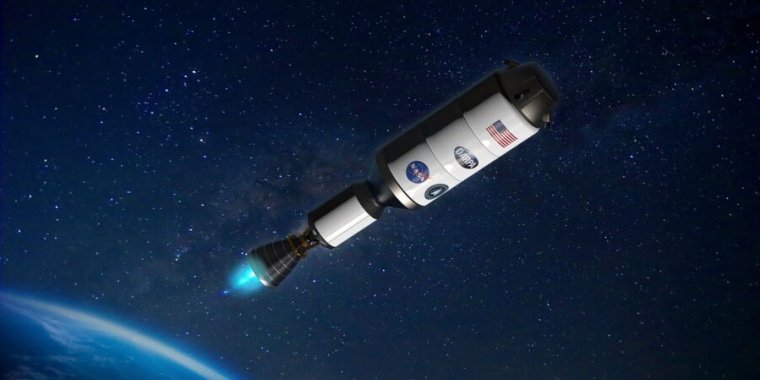We’re building nuclear spaceships again—this time for real

🌈 Abstract
The article discusses the development of nuclear thermal rockets (NTRs) for use in space exploration and intercontinental ballistic missiles (ICBMs), focusing on the Phoebus 2A reactor and the challenges of creating a flying nuclear reactor.
🙋 Q&A
[01] Phoebus 2A and the Challenges of Nuclear Rockets
1. What was the Phoebus 2A reactor and what were its key features?
- Phoebus 2A was the most powerful space nuclear reactor ever made, fired up at the Nevada Test Site in 1968.
- It confirmed that nuclear reactors could power rockets capable of carrying the first humans to Mars.
- However, Phoebus 2A was too large, too costly, and did not align with Nixon's vision of limiting space exploration to low-Earth orbit.
2. What were the key challenges in developing nuclear thermal rockets (NTRs)?
- Fuel rods had to withstand extremely high temperatures of up to 3,000 K, much higher than ground-based reactors.
- Hydrogen propellant is highly corrosive at these temperatures, making material selection difficult.
- Standard control rods that rely on gravity would not work in a flying reactor, requiring a new control mechanism.
[02] The Origins and Military Applications of NTRs
1. Who first proposed the idea of using nuclear rockets?
- It was the military, not NASA, that initially called for the development of rockets with nuclear engines, primarily for use in intercontinental ballistic missiles (ICBMs).
2. What was the Rover program and how did it contribute to NTR development?
- The Rover program, initiated by the US Air Force in the 1950s, was the starting point for research on nuclear thermal rockets (NTRs).
- The concept was to use a nuclear reactor to heat liquid hydrogen and expel it through a nozzle to generate thrust, which would be more fuel-efficient than chemical rockets.
3. What were the key advantages of NTRs over chemical rockets?
- NTRs could use pure hydrogen as a propellant, which has a lower molecular weight than the propellants used in chemical rockets, resulting in higher specific impulse and better fuel efficiency.
</output_format>
Shared by Daniel Chen ·
© 2024 NewMotor Inc.